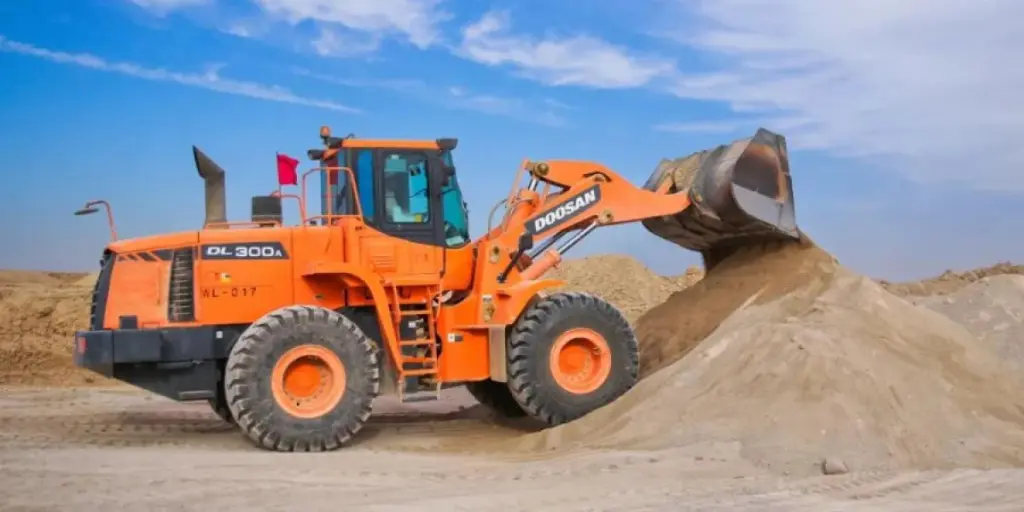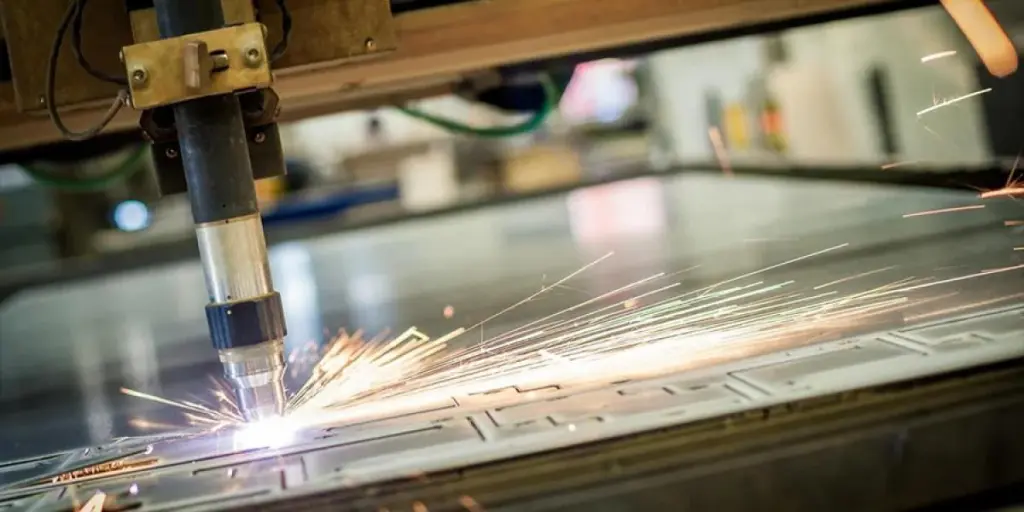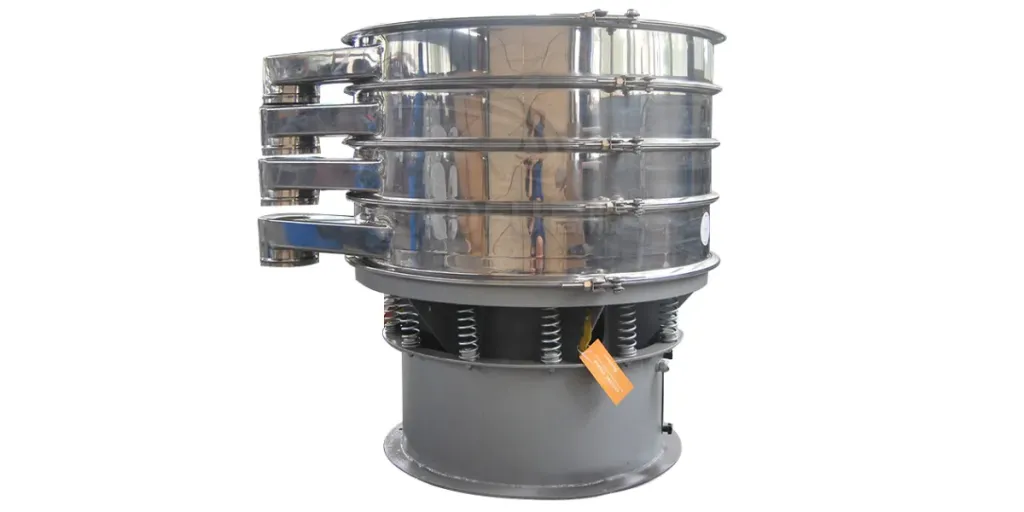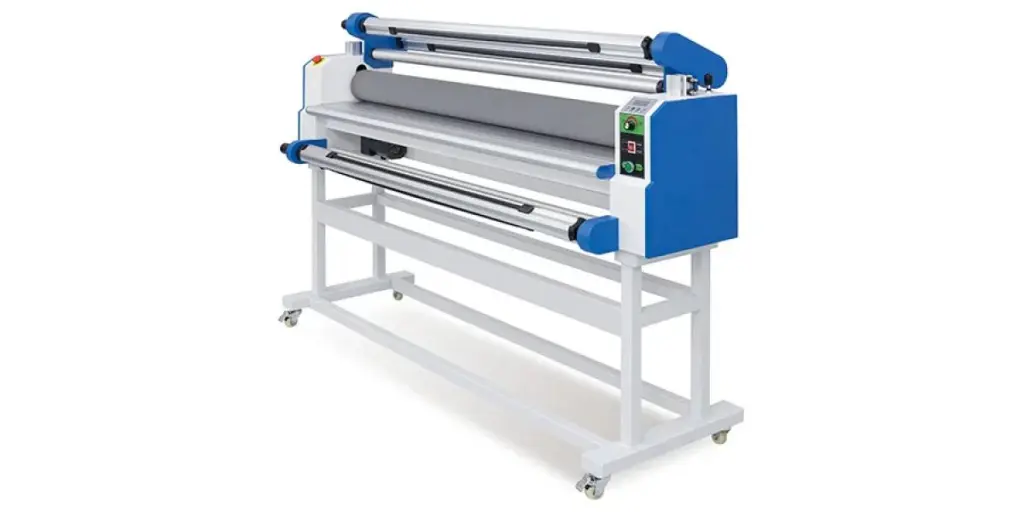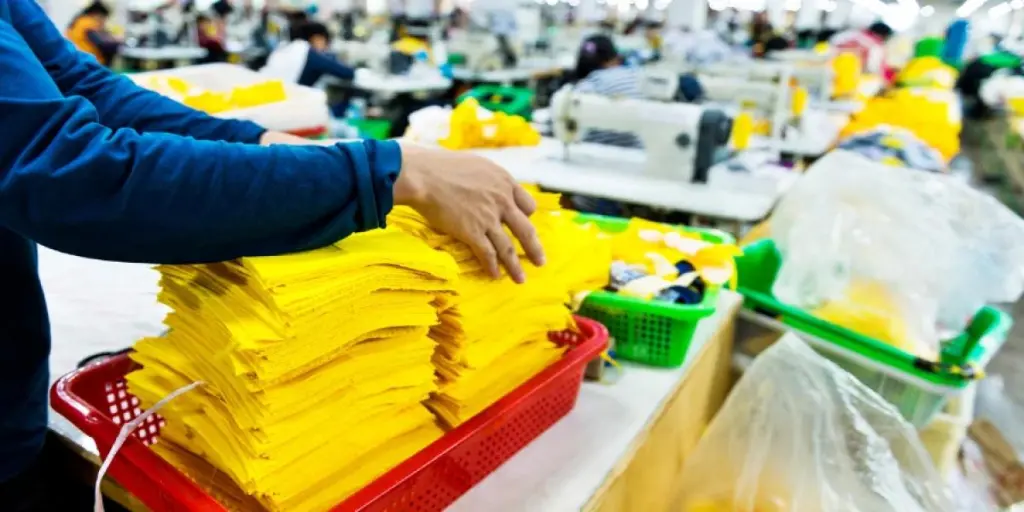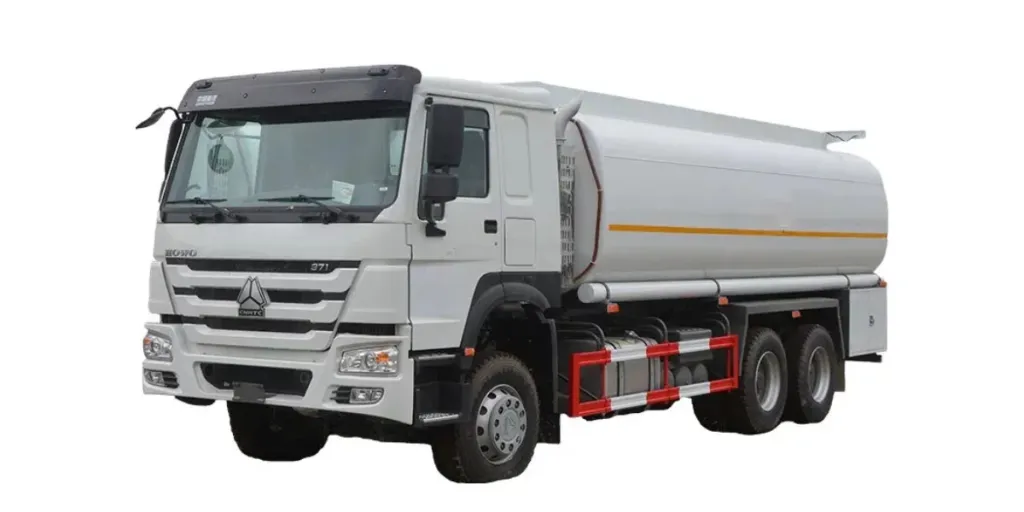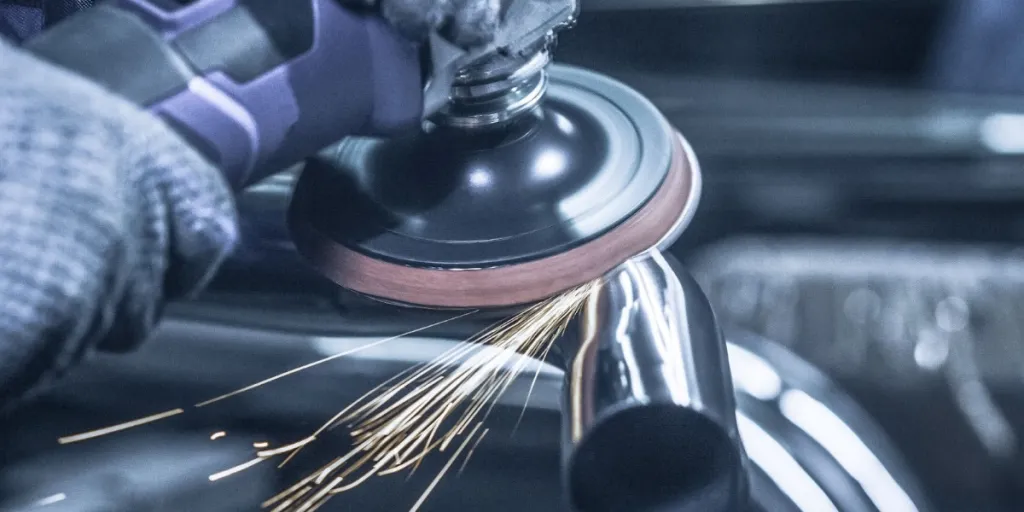Loaders are reliable machines, and there is a healthy market for used models. This article explores the considerations in buying a used machine, and looks at some of the choices available. It also offers a guide on things to look for, to ensure that the buyer gets a well maintained and reliable machine.
Table of Contents
What is a loader?
The used loader market
How to decide which loader is the most suitable?
How to check what you are buying
Final thoughts
What is a loader?
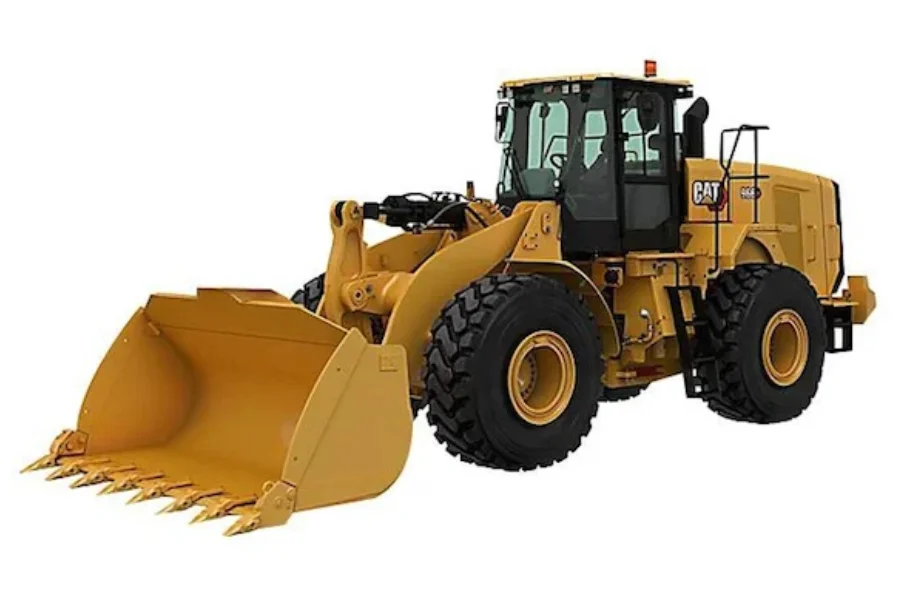
Although the term ‘loader’ may seem obvious to some, there are several different types of loader in the market and they can differ significantly. So when exploring the options available in the market, it is worthwhile taking a short step back to look at the different types.
In simple terms, a loader is a powerful wheeled machine with a fitted front bucket, or scoop. The bucket is used as a scoop to gather up gravel, sand, and other loose material, then move it from one place to another, or to load the material onto a truck. The loader attachment may be fixed or removable, and it may be adaptable for other tasks by adding fittings such as forklifts, grabber ‘thumbs’ or other specific tools.
Historically a loader is a tractor, adapted to add a front-mounted bucket connected to the tractor with two hydraulic arms.

Loaders now can take many forms, and the term can include purpose made loaders, modified tractors, and skid steers (such as the Bobcat).
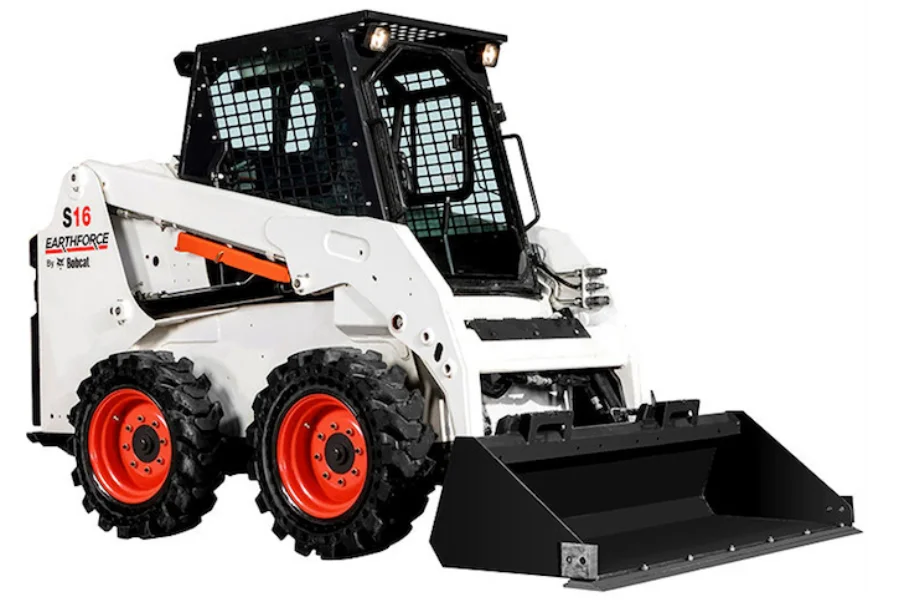
Loaders can also often be fitted with a rear boom, arm and bucket to make a backhoe loader. These backhoe loaders can be tractors with both front and rear fittings, or purpose built backhoe loaders, such as the JCB.


Although loaders are typically wheeled, which gives mobility and speed, there are also tracked undercarriage versions, referred to as crawler loaders. These might sometimes be confused with bulldozers, but bulldozers have a mounted front blade for pushing, rather than a bucket for scooping.
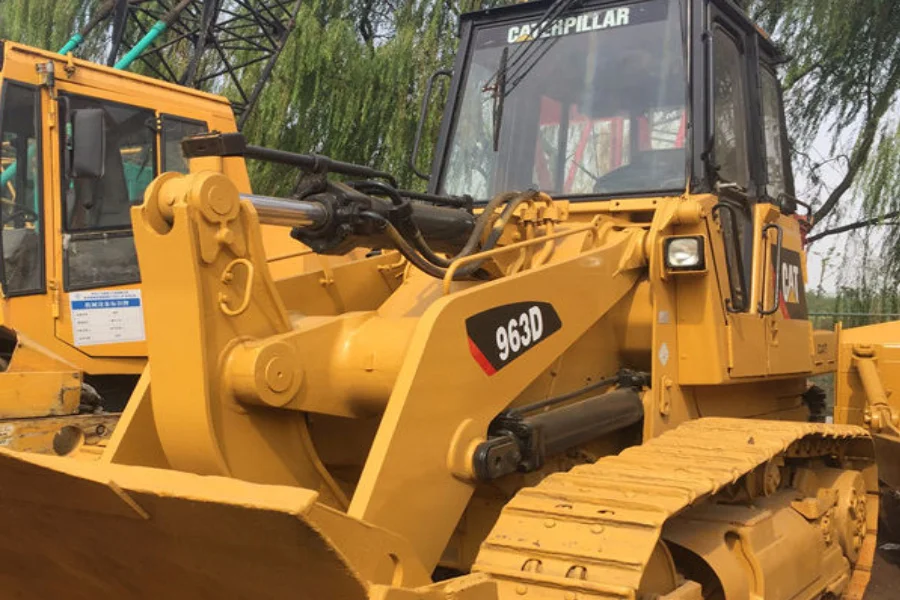
The used loader market

The loader market across the globe is growing steadily, with an expected compound annual growth rate (CAGR) of 3.4% from 2020 to 2027. The US market shows that wheeled loaders hold a significant market share, followed by backhoe loaders, then skid steer loaders and crawler loaders about even in third place.
How to decide which loader is the most suitable?
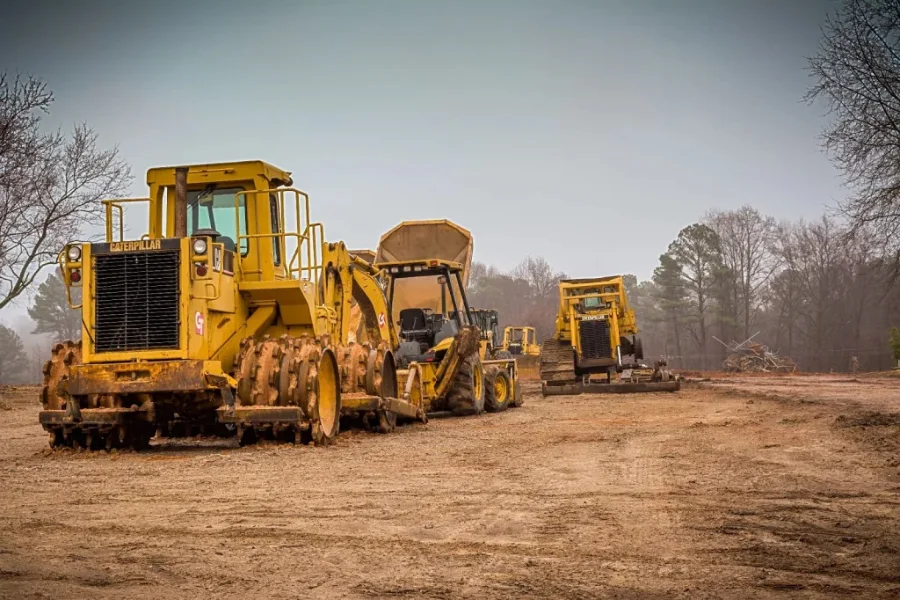
The first consideration in choosing a suitable used loader will be the job required. What is the size of the job, how much material will be moved, from where to where, and what is the terrain and access like? From this, the buyer can answer further questions on size, bucket capacity, tipping load, tire size, operating weight and breakout force, and likely attachments needed.
- Size: The loader needs to be big enough to lift the materials intended, but small enough to fit into any narrow spaces expected.
- Bucket and load capacity: This is the maximum volume that the bucket needs to be able to hold, and the maximum weight that it can lift.
- Tipping load: This is the maximum extension that the loader can handle with a full load, important for loading trucks or extending across gaps.
- Tire size: Tire tread depth needs to suit the types of terrain intended.
- Operating weight: The overall weight of the overall machine needs to be suitable for the working environment.
- Breakout force: This is the amount of force the loader can apply when pulling material out of the ground during rollback operations.
- Types of compatible attachments: If the loader is needed to carry out other jobs than a bucket can handle, it will need to be compatible with other attachments.
Here are some examples of loaders that are available in the second hand market, showing model types, capacity and prices:
| Model Image | Loader Type,Model & Year | MachineWeight &Capacity | AdvertisedPrice (USD) |
 | Skid Steer Loader China brand VS30 Year: 2020 | Weight:1,500kg Capacity:300kg | 15,000 |
 | Skid Steer Loader Changlin 275F Year: 2022 | Weight:3,400kg Capacity:1,050kg | 20,400 |
 | Tractor Backhoe Loader Hengwang HW08-12 Year: 2020 | Weight:3,200kg Capacity:4,000kg | 5,888 |
 | Backhoe Loader JCB 3CX Year: 2014 | Weight:16,000kg Capacity:15,000kg | 4,000 |
 | Wheeled Loader XCMG LW300KN Year: 2019 | Weight:10,900 Capacity:3,000kg | 20,000 |
 | Wheeled Loader Volvo L120E Year: 2019 | Weight:20,000 Capacity:168kg | 31,000 |
 | Wheeled Loader Liugong CLG855 Year: 2016 | Weight:16,300 Capacity:5,000kg | 15,000 |
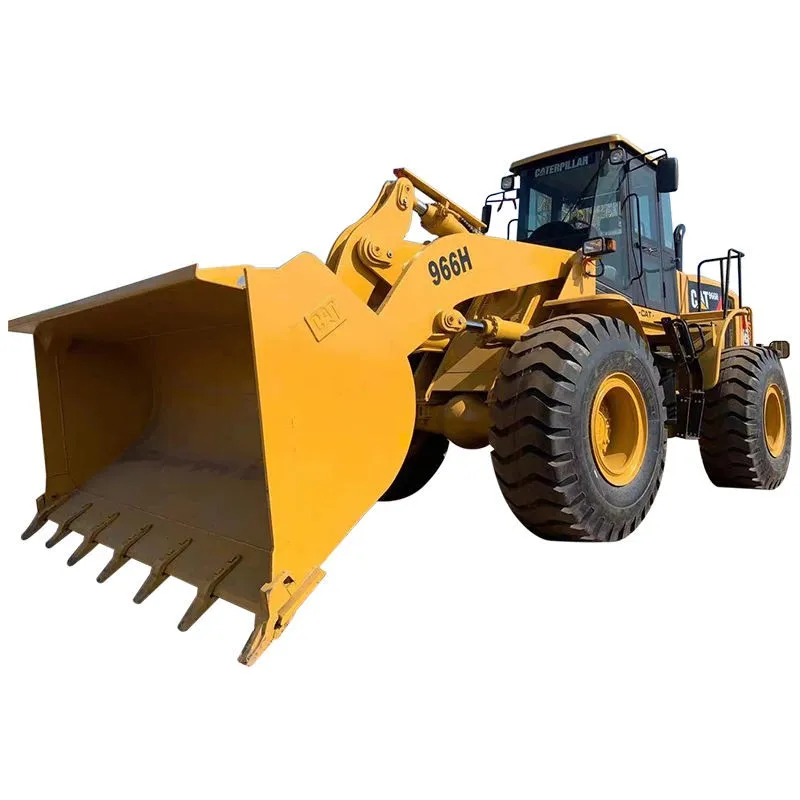 | Wheeled Loader Caterpillar CAT966H Year: 2020 | Weight:23,698 Capacity:6,000kg | 22,000 |
How to check what you are buying
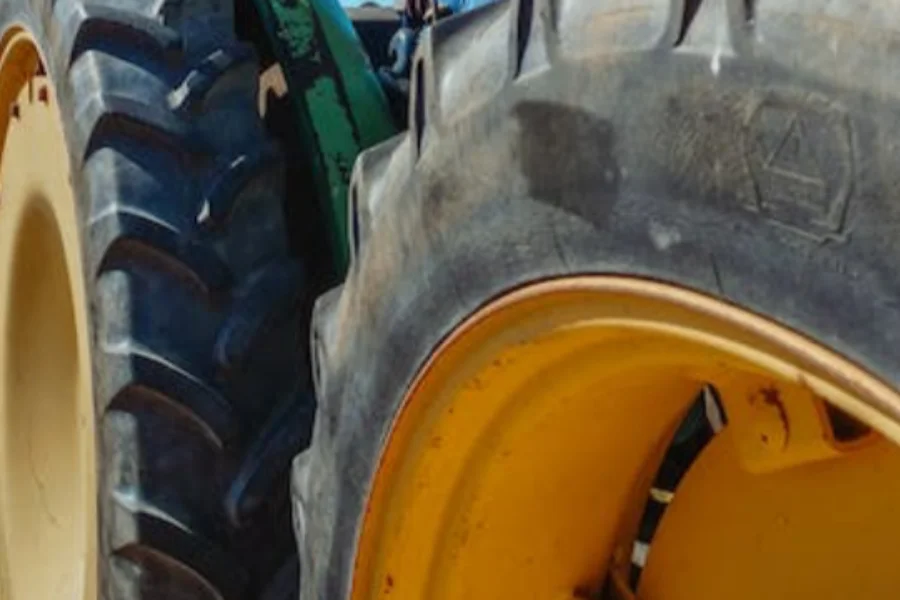
Once the buyer has decided to buy a used loader, and is clear on what size, power and configuration that is needed, they will want to know that their choice is of good quality.
Buying online from photos comes with risks, but these can be mitigated with some guidelines. You can ask the seller in advance for the maintenance log and service records (including oil and filter changes), plus any other available supporting documents. A well kept service log, with regular record entries, are indicators of care and attention to maintenance. Main parts are easy to buy, and a working machine can be kept to a high standard if properly cared for. So also look for records and/or invoices of quality parts replacement.
It will be essential to inspect the loader before finally accepting it, either at the supplier site or after taking delivery. Here are some areas to look for when checking a used loader.
Overall appearance
Loaders are designed to be tough, to work in muddy and hardy conditions. The bucket and body may scrape gravel or rocks on a daily basis, so a few dents and scratches might be expected. If the loader looks clean, with good paintwork, and the tires and engine appear to be in good condition, then it has probably been treated well. Any signs of rust, touched up paint spots, or hints of oil leaks, may mean the loader hasn’t been maintained so well.
Engine condition
Does the engine look clean? Are there signs of oil stains that have been suspiciously cleaned up? Do the hoses look cracked or worn and are the seals tight? With the engine running, check for any oil dripping, knocking sounds from the cylinders, and for any white or black smoke from the exhaust. Check the engine’s specified EPA emission certification and check exhaust emissions using a diesel emissions test kit. Check the air filter is clean, and compare against the service record for the last change.
Cab
Check the tachometer for the recorded hours of operation. Gauges can be altered, so does the record match the gauge? Do the seat, pedals, controls, floor and instruments show signs of lack of care, dirt or damage? Are the gauges working?
Hydraulics
Check the hydraulic hoses and O rings signs of a leak. Hydraulics need high pressure, so a poor seal reduces power. Are there visible signs of dents or scratches on the cylinders? From the service records, how frequently was the hydraulic fluid changed?
Bucket
Is there any damage to the side or underside of the bucket? Are the teeth intact? Are the pins and bushings tight or is there excessive sideways movement? Do the boom and arms show any sign of damage or repair (such as welded patches), and are the cylinders clean and smooth?
Articulation point
Does the articulation point at the underside of the cab look damaged? Is there excessive movement in the pins? Is it well greased and does the grease look fresh, not hard or crusted?
Chassis
If the loader is wheeled, check the tires for any cracks or tread wear. Tires can be an expensive replacement. Are the rims damaged? Is the axle well greased?
If the loader is a crawler, check the tracks, chain, rollers, sprockets, pins and bushings for signs of wear and tear. If the track appears slack, that’s an indication of wear in the rollers and chain. If the track appears tight, has a link been removed? Check against the manufacturer’s specifications for the correct number of track links.
Final thoughts
Buying a used loader online need not be a risky decision, but there are going to be some questions when there are only photos to rely on. The careful buyer should ask for all maintenance records, supplier guarantees and warranties. It will then be essential to conduct an onsite inspection, run the engine, check all operating parts and overall condition. For more information on the wide choices of used loaders available, check out the Alibaba.com showroom.
